The robot swarm freely shuttles through the dense bamboo forest. This scene is not from a blockbuster movie, but actually staged in Zhejiang, China.
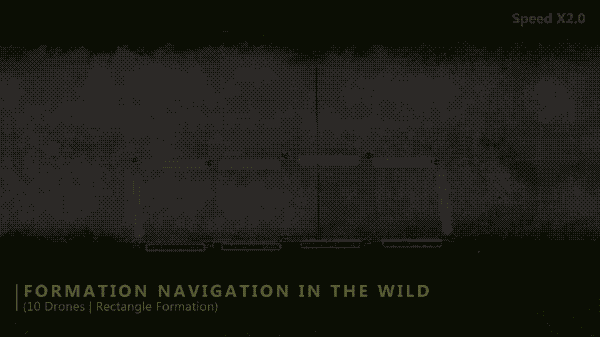
Naturally formed complex environments are unknown to robots without prior mapping.
There is also no unified central command, and each robot is “thinking independently”, relying on the algorithm to respond on the spot.
According to Zhejiang University, most of the previous robot swarm performances were realized through satellite positioning and trajectory coding, and were controlled by ground computers.
In this mode, once the robot group loses command, it will be “leaderless”, not only unable to maintain the formation, but also may collide with obstacles or collide with each other.
This new achievement was evaluated by Science Robotics as the first swarm system capable of decentralized and autonomous flight in an unstructured environment.
Can quickly resume formation after avoiding obstacles.
It can also cooperate with each other to continuously track a specific target.
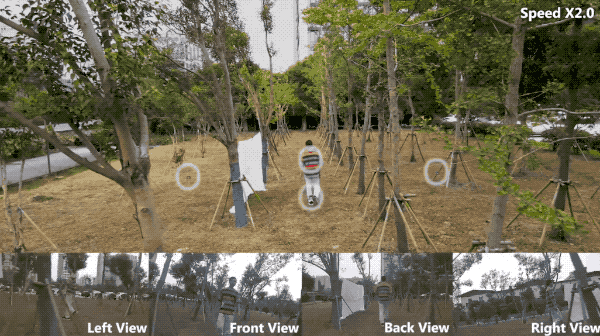
So how did the team do it?
flock mode
According to the paper, the research on flying robots is inspired by animals and can be divided into two modes: insect swarm mode and bird swarm mode.
Insects make short-range reactive movements (such as flies avoiding a fly swatter).
The reaction-based swarm navigation algorithm requires less computing power and memory, and the robot can be made smaller.
Birds have sharper senses and larger brains for long-term trajectory planning.
The bird flock navigation algorithm based on trajectory planning has stronger performance and scalability, so the Zhejiang University team chose this one.
In the group trajectory planning algorithm, if only spatial factors are considered, it will affect the cooperation between robot clusters. For example, when passing through a narrow space, it will be congested, causing the robot behind to make a detour.
Therefore, the Zhejiang University team made trajectory planning for time and space at the same time, and used sparse parametric optimization and constraint transcription to improve the speed and achieve real-time calculation.
When traversing high-density bamboo forests, this algorithm allows multiple robots to pass through narrow gaps to avoid collisions, regardless of sloping bamboo and undulating terrain.
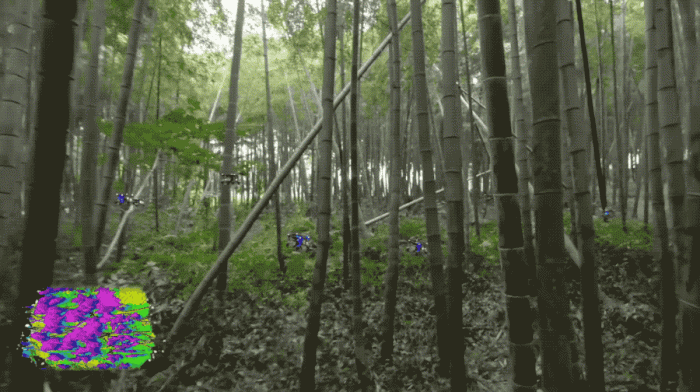
In addition to trajectory planning, the Zhejiang University team improved the Visual-Inertial Odometry for group positioning.
In order to avoid the small errors accumulated over long distances eventually causing mutual collision, a distributed drift correction algorithm was developed.
Each robot has full sensing, localization, planning and control functions, and uses high-fidelity wireless communication to share trajectories with each other.
In 10 intensive robot flight experiments, the researchers turned off the GPS signal, temporarily added obstacles, and actively interfered with humans without a collision.
The robot used in the experiment was developed by the School of Control Science and Engineering of Zhejiang University and the Huzhou Laboratory.
A single robot is only the size of a palm and weighs less than a can of Coke.
Equipped with NVIDIA Xavier NX module, it has 6-core CPU, 384-core GPU and 8GB memory.
But in the experiment, except for a few exceptions, the usage of CPU and GPU are kept below 40%, and complex behaviors are realized with limited computing resources.
Will be used for disaster relief, exploration and transportation


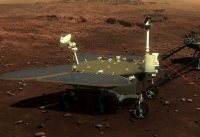
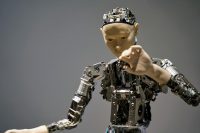
GIPHY App Key not set. Please check settings